I turned on the radio in time to hear CBC perfectly capture my past year’s journey in one sentence. “The thing about seeking reconciliation with indigenous peoples is that eventually you realize you also have to make reconciliation with the land,” said Caleb Behn, a Salish activist and lawyer.
I began studying theology as a way to explore the questions that my friendship with an indigenous community in northern Ontario had raised. After my first year, I was shocked at how central land had become, when reconciliation was my focus.
My thesis work has been no different. This past year I began a qualitative research project listening to people in Mishkeegogamang First Nation in northern Ontario reflect on land and identity. All of this has led me to a startling conclusion: I don’t want to talk about reconciliation anymore, unless we are prepared to put land in the middle of that conversation. Here’s why.
A few years back, a friend offered this summary of colonization: “There’s something that’s been covered over—that’s what colonization is.” In my thesis research, I’ve come to see the way land and people have been covered over or made invisible. The removal of people from land is the cornerstone of the colonial imagination, so understanding the connection of people to land is a necessary step toward a different imagination.
One of my favourite theologians, Willie Jennings, puts it this way: land was once the signifier of identity. When colonization began to separate people from land, “skin was asked to speak for itself,” and land that once marked identity became reshaped into a commodity. What’s been covered over is the very thing that indigenous tribes like Standing Rock are still standing to protect. I’m convinced we call them protestors because we can no longer see what’s been covered over: a view of land that many have already been taught to forget.
But it is not just a view of land, it is a way of being—an intimate connection with the land. The elders in Mishkeegogamang had a word for this: Taashikaywin. “It’s everything, it’s the most important thing,” one elder told me. “Taashikaywin is where we intend to be originated from—that’s our identity. Taashikaywin is part of us, a part of our spiritual perspective. When I say part of us that means air, water, plants, animals, and spirituality. Taashikaywin is everything. It is who I am as you speak to me. I am Taashikaywin ya.”
From these stories I came to better understand what occurs in colonization. “Back when the Europeans got here, they were the ones that were living inside a box,” one man told me. “They made forts to surround where they were living. We were out. Now, that is reverse: we are the ones living on a reserve and they are the ones out. They are the ones keeping us in now.” Still others remarked, “this [reserve life] is not Taashikaywin, this is colonization, you have to go out to Taashikaywin to learn.”
The displacement of people from land, and the subsequent re-ordering of “Indian” people onto “reserves,” while lands themselves became reshaped by government and private interest is not the only thing that is occurring here. An elder would also tell me that Taashikaywin is a sacred cycle. This is what is broken and in need of repair. It’s the reason there is so much confusion, and why people feel lost.
For me, it has become impossible to separate a desire to support indigenous youth within a suicide epidemic, alongside continued actions that colonize their land and peoplehood. If you want to respect the plight of indigenous youth, you have to respect indigenous land. If you want to seek reconciliation, it will lead you to reconci-land-ation.
The moment that really inspired a lot of this thesis work was a boat ride when friends in Mishkeegogamang took me out to Taashikaywin. This boat ride was my baptism into non-commodified space, the place I learned to see what had been covered over.
Land is never just a commodity to be bought, sold, traded or consumed, often privately by the individual; nor is it empty space requiring labour and management for value to appear. Land is the foundation of a language system; held in common for the benefit and survival of all; a part of a broader complex and interconnected system that contributes to all of life; source of medicine, food, and gifts; and an inseparable part of what it means to be human both physically and spiritually.
Truthfully, what’s been covered over is the absurdity of a system that “holds land in trust” for the members of our society who have often demonstrated the greatest amount of trust in holding land.
Deanna Zantingh, 28, lives in Beausejour, Man. She will complete her Master of Theological Studies at Canadian Mennonite University this fall.


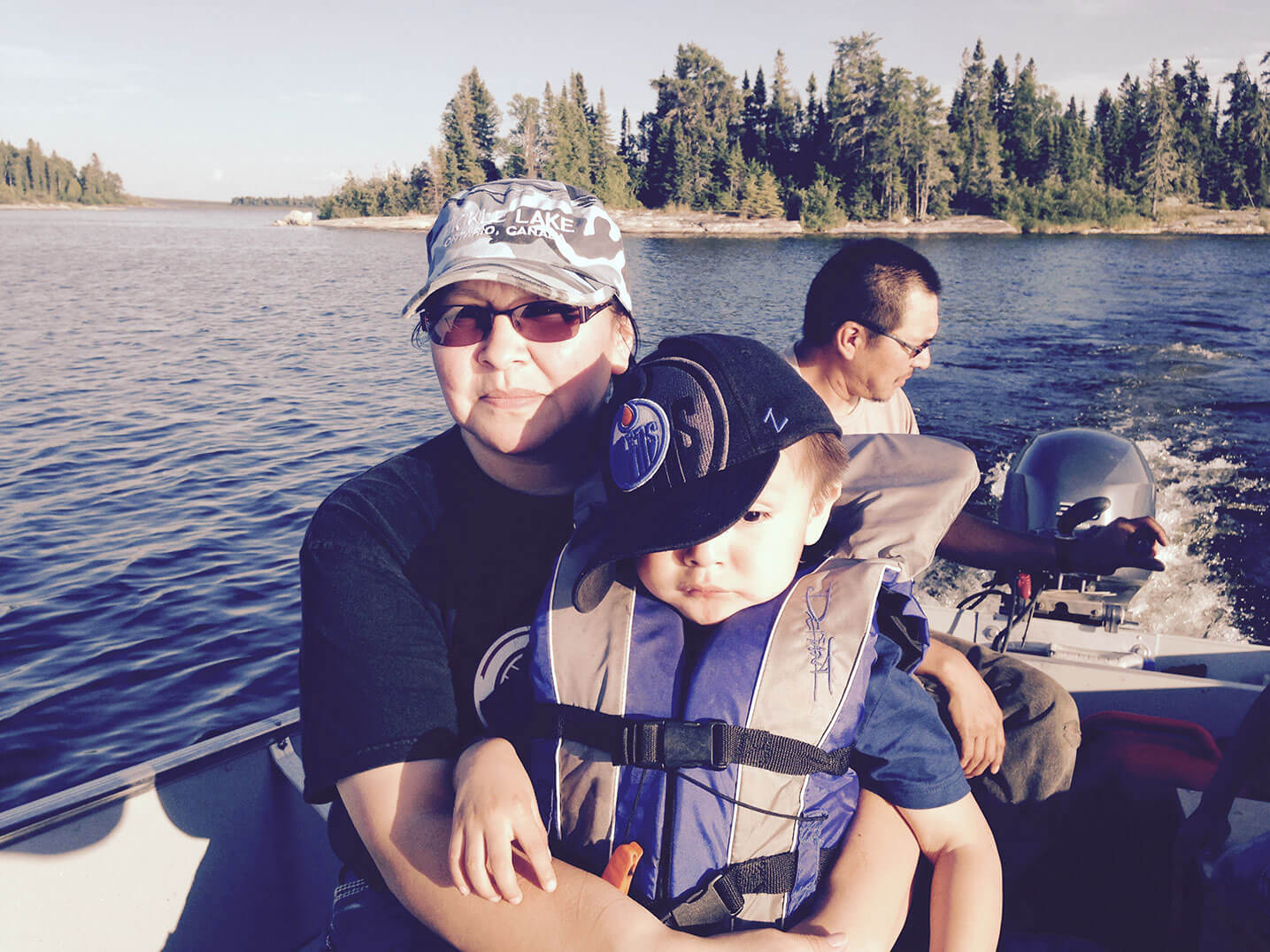

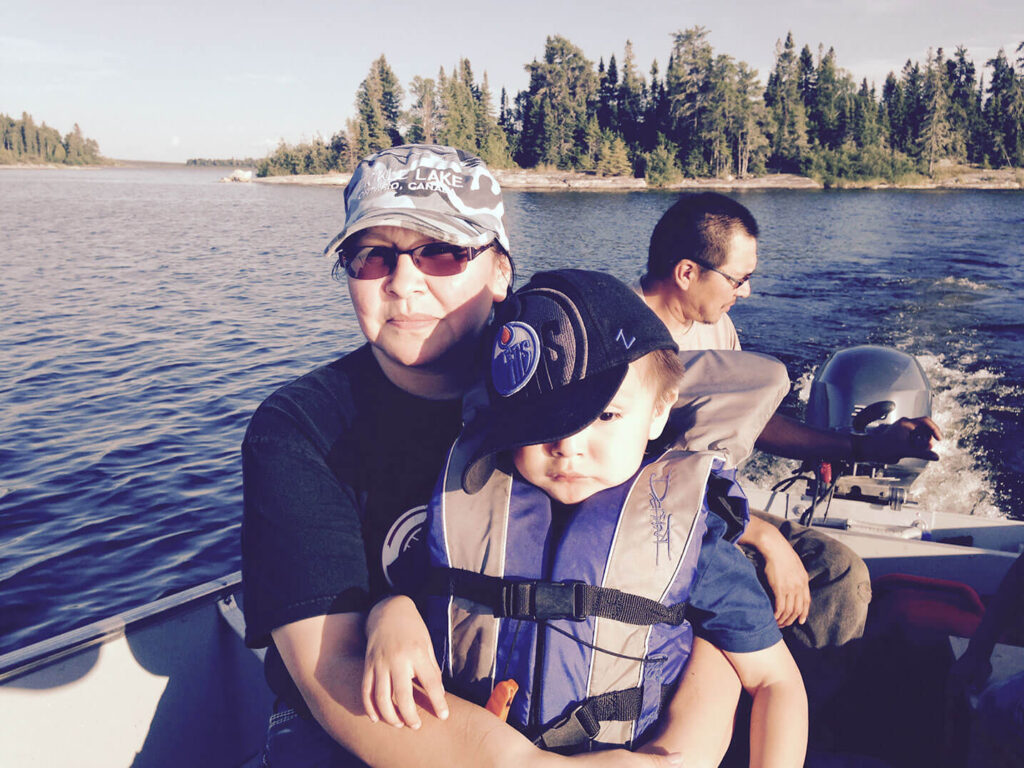
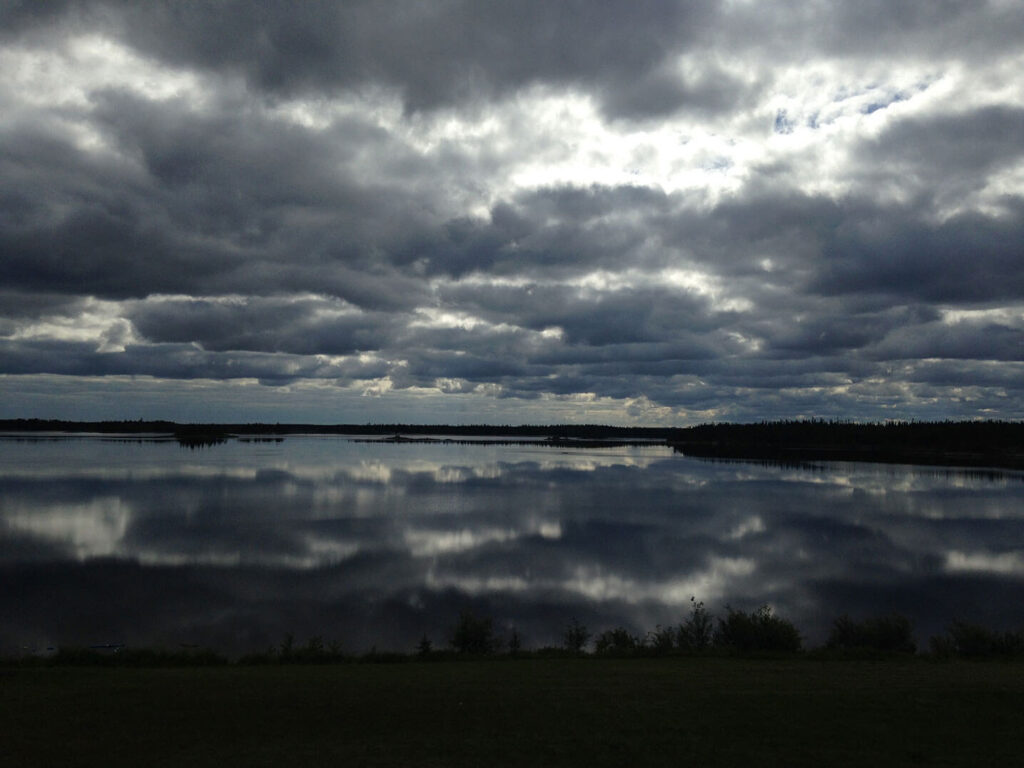
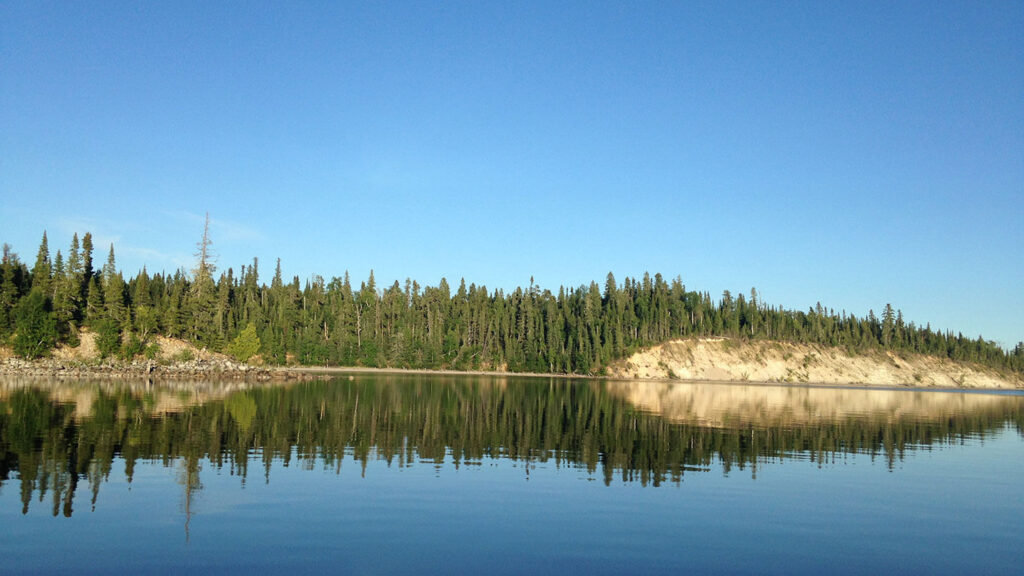

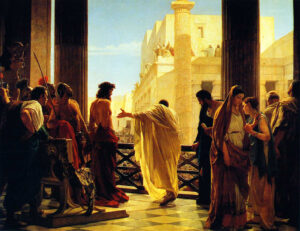

Leave a Reply
You must be logged in to post a comment.